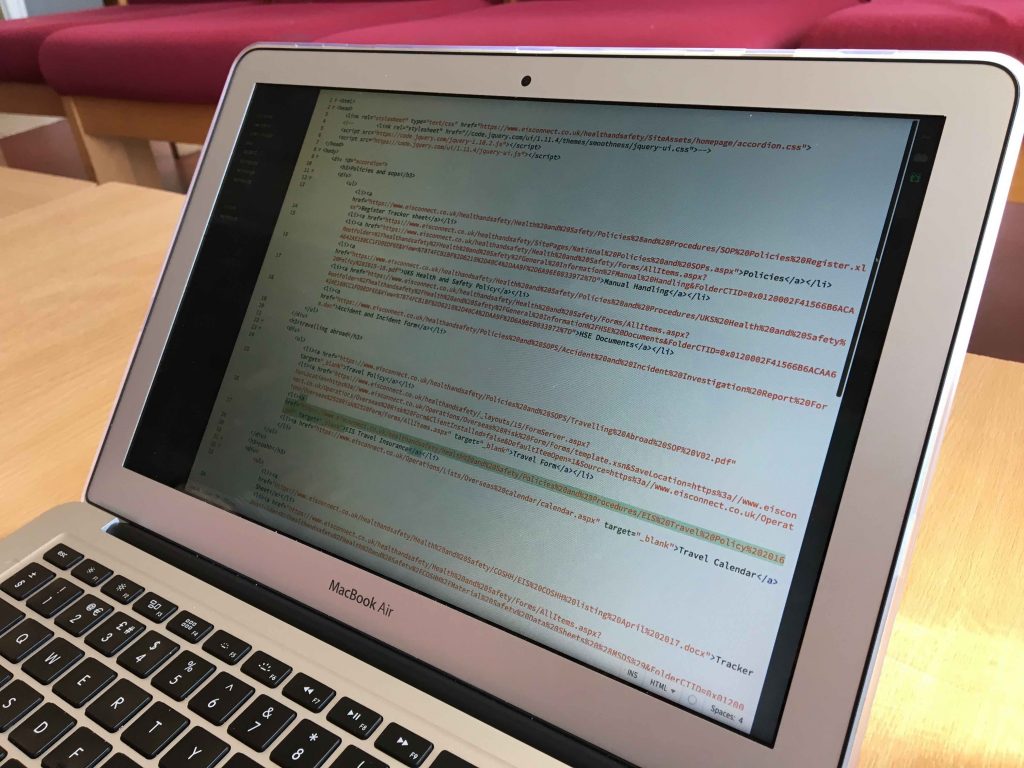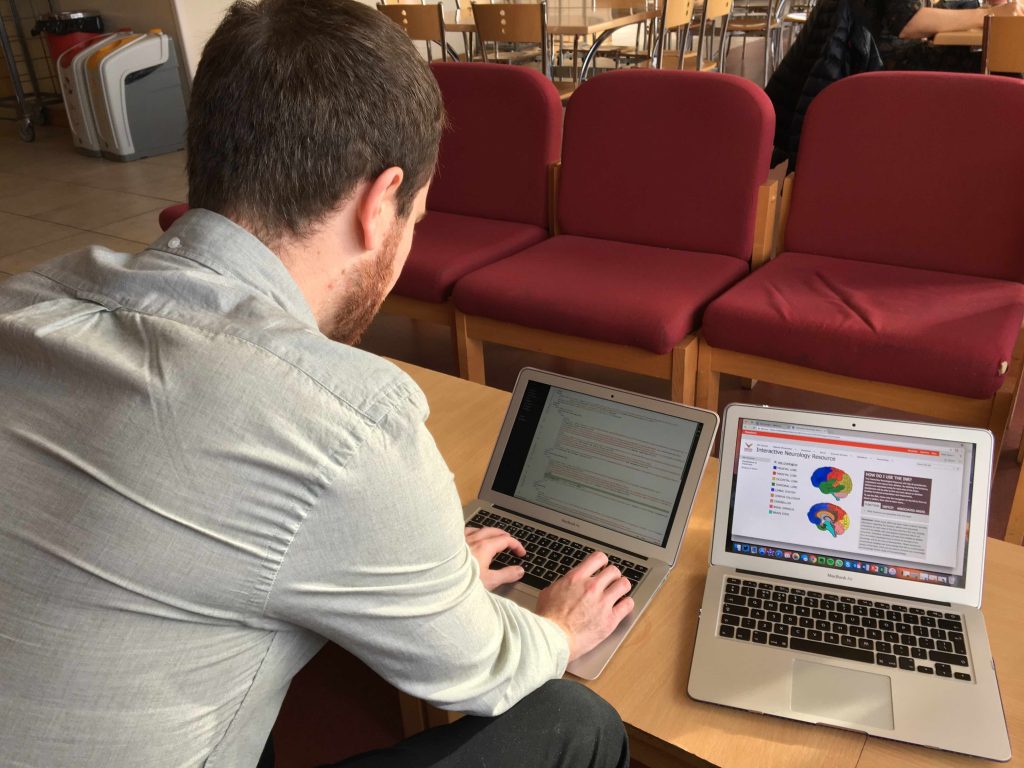“Take your marks…Get Set…Code” How the EIS uses computer coding to impact practitioner performance
EIS practitioners work with Olympic and Paralympic sports to optimise performance of GB athletes. However, frontline Sport Science and Medicine practice is not the only route into high performance sport. There are many other roads including computer coding.
Computer coding is critical to all our lives and one of the fastest growing languages in the world. Digital literacy is now centre stage on the national curriculum and workplace 4.0 (artificial intelligence and machine learning) will be affecting our lives more and more in the next decade.
Here we explain how our Performance Information Systems team at the EIS are some of the best in the business at producing digital resources through computer programming to impact elite athletes and arm our teams with critical know how in order to outperform the rest of the world.

The EIS network of experience and expertise is one of the largest in the world, allowing us to instantly share performance knowledge and experiences in order to fast track performance solutions to athletes and coaches. To achieve this, we proactively engage with our performance systems to provide bespoke coalface solutions. At the helm of this is EIS Performance Systems Lead Martin Wadey who works closely with the Head of Performance Knowledge Peter Brown to understand front line needs and the application of computer coding to world class performance support solutions.
One such initiative is the EIS Interactive Neurological Resource which details the functions, deficits and associated areas for each section of the brain. Paul Martin and Dawn Ibrahim, EIS Technical Leads for Physiotherapy specialising in Paralympic athletes, explain the benefits. “It allows EIS practitioners to quickly find information on specific disabilities and impairments as well as understand potential secondary and tertiary functional effects of these, allowing more effective interactions with a complex group of athletes.”
Despite not having the anatomical knowledge, instead using a design thinking approach to understand their world, Dawn and Paul explain how Martin creates phenomenal, easy to navigate, visually amazing pieces of work in a very short time frame which simply aren’t available anywhere else in the world.
“This work has a very real impact on practitioners. Martin has a natural curiosity and a desire to understand the concept to offer the best solution for our front-line staff needs.”
Since its deployment, this tool has received over 7,000 hits, an incredible testament to the skills required to design effective digital resources and a reflection of the growing strength of the EIS interdisciplinary network. But how did Martin find a career in high performance sport through computer coding?
“It’s a balance between a natural curiosity and being open to new experiences,” explains Martin. “There are so many languages you can possibly learn in coding, for web based development a solid foundation would be HTML, CSS and JavaScript/jQuery.”

We asked Martin what his top tips were to find a career in high performance sport in this area.
“There are many different routes, for example following computer programming degrees or building experience in business intelligence and design. My top tip is to have a natural desire to learn and try things out, get things wrong and try again; that’s the way we truly learn and develop something special.”
If you have a desire to work in high performance sport and want to know more about the EIS Performance Systems, please get in touch by emailing peter.brown@uksportsinstitute.co.uk.